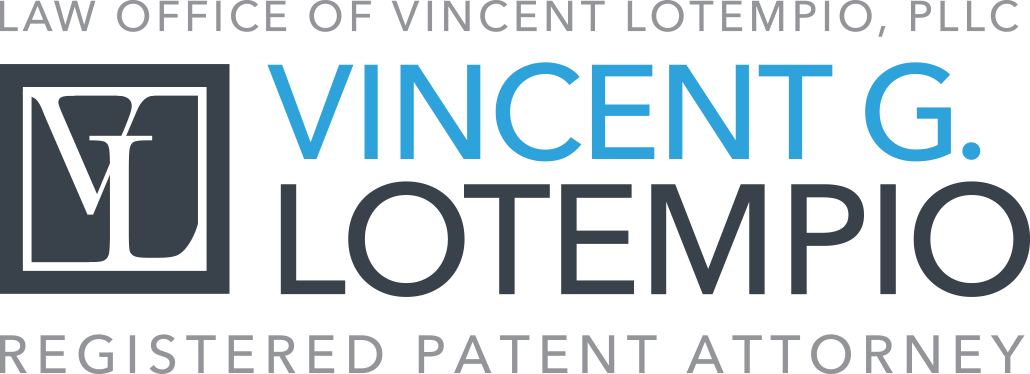- Incorporation By Reference
- Independent Claim
- Industrial Property
- Information Disclosure Statement (IDS)
- Infringement
- Injunction
- Intellectual Property
- Interference
- International Application
- International Patent Cooperation Union (IPCU)
- Inter Partes Reexamination
- Invention
- Invention Assessment
- Inventive Entity
- Inventor
- Issuance Fee
- Issue Date
Incorporation By Reference:
To supplement the disclosure of a patent application by making a specific statement in the application that other material is to be considered to be incorporated in the application.
Independent Claim:
A claim that does not refer back to or depend on another claim.
Industrial Property:
Intellectual property is divided into two categories: Industrial property, which includes inventions (patents), trademarks, industrial designs, and geographic indications of source; and Copyright, which includes literary and artistic works such as novels, poems and plays, films, musical works, artistic works such as drawings, paintings, photographs and sculptures, and architectural designs.
Information Disclosure Statement (IDS):
For patent applications filed under 35 U.S.C. § 111(a), applicants and other individuals who are substantively involved in preparing or prosecuting a patent application must submit to the Office information which is material to patentability (could render a claim unpatentable) as defined in 37 CFR § 1.56. The provisions of 37 CFR § 1.97 and 37 CFR § 1.98 provide a mechanism for compliance with the duty of disclosure provided in 37 CFR § 1.56. The IDS must include a list of all patents, publications, U.S. applications, or other information submitted for consideration by the Office. The USPTO providesforms for use in the submission of an IDS, the PTO/SB/08a and PTO/SB/08b.
Infringement:
Unauthorized making, using, offering to sell, selling or importing into the United States any patented invention.
Injunction:
A writ (order) issued by a court ordering someone to do something or prohibiting some act after a court hearing. The procedure is for someone who has been or is in danger of being harmed, or needs some help (relief) or his/her attorney, to a) petition for the injunction to protect his/her rights.
Intellectual Property:
Creations of the mind – creative works or ideas embodied in a form that can be shared or can enable others to recreate, emulate, or manufacture them: inventions, literary and artistic works, symbols, names, images and designs used in commerce. There are four ways to protect intellectual property – patents, trademarks, copyrights or trade secrets.
Interference:
A proceeding, conducted before the Board of Patent Appeals and Interferences (Board), to determine priority of invention between a pending application and one or more pending applications and/or one or more unexpired patents.
International Application:
An application filed under the Patent Cooperation Treaty.
International Patent Cooperation Union (IPCU):
The Contracting States party to this Treaty constitute a Union for cooperation in the filing, searching, and examination, of applications for the protection of inventions, and for rendering special technical services.
Inter Partes Reexamination:
At any time during the enforceability of a patent, any person may file a request for the USPTO to conduct a second examination of any of its claims on the basis of prior art patents or printed publications believed pertinent and believed to have a bearing on the claim’s patentability. Inter partes reexamination practice primarily differs from ex parte practice in that the third party requestor may file written comments addressing issues raised by the patent owner in a response to Office action. The third party has to do so within 30 days of the date of service of the patent owner’s response.
Invention:
Any art or process (way of doing or making things), machine, manufacture, design, or composition of matter, or any new and useful improvement thereof, or any variety of plant, which is or may be patentable under the patent laws of the United States.
Invention Assessment:
The opinionated determination of value of an idea for a new, useful and non-obvious invention.
Inventive Entity:
The inventors.
Inventor:
One who contributes to the conception of an invention. The patent law of the United States of America requires that the applicant in a patent application must be the inventor. See also applicant.
Issuance Fee:
Fee required before a patent is granted.
Issue Date:
Date on which the patent is granted.
